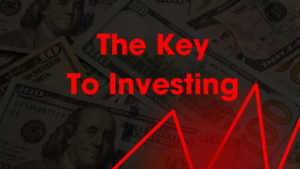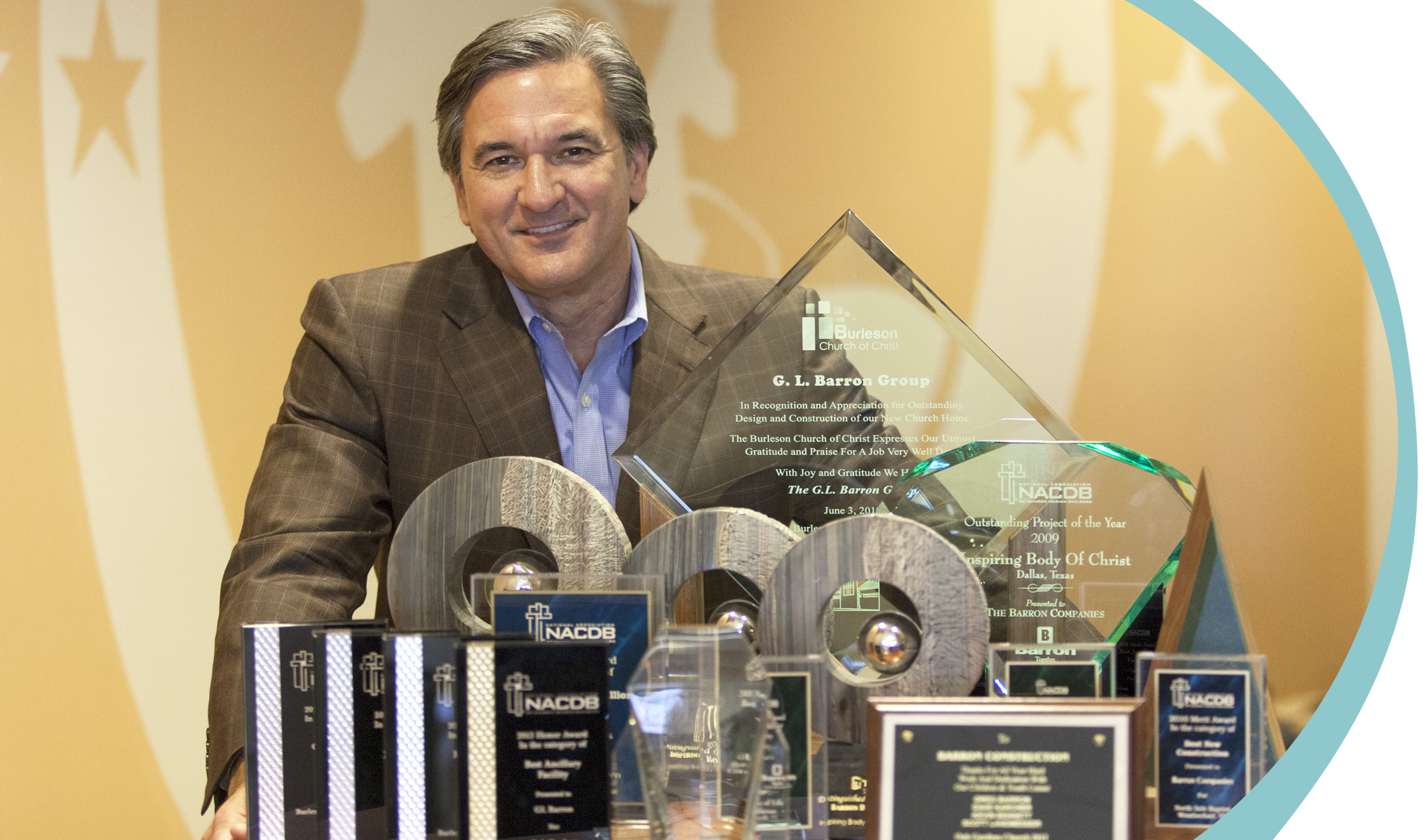
Greg L Barron
CEO of The Barron Companies
Understanding Fed Hikes
In the world of economics, few decisions garner as much attention and speculation as those made by the Federal Reserve regarding interest rates. The recent buzz surrounding the Fed’s announcement to raise the federal funds rate has left many wondering: why does the central bank opt for such a move?
Let me explain the rationale behind the Federal Reserve’s decision to increase interest rates and its implications for the economy.
1. Controlling Inflation: At the heart of the Federal Reserve’s mandate lies the goal of maintaining stable prices. When inflation begins to rear its head, the Fed takes action by raising interest rates. By making borrowing more expensive, the Fed aims to curb excessive spending and investment, thus taming inflationary pressures.
2. Preventing Overheating: An economy firing on all cylinders may seem like a dream scenario, but it comes with its own set of risks. When economic growth accelerates too rapidly and unemployment dips to exceptionally low levels, it can lead to overheating. To prevent this scenario and avoid the formation of asset bubbles, the Fed raises interest rates to cool down the economy and keep it on a sustainable growth path.
3. Maintaining Price Stability: While a moderate level of inflation is generally considered healthy for economic growth, runaway inflation can wreak havoc on an economy. By increasing interest rates, the Federal Reserve strives to maintain price stability, ensuring that inflation remains within its target range and preserving the purchasing power of consumers.
4. Anchoring Expectations: Confidence is a cornerstone of a healthy economy, and central to this confidence is the expectation of stable prices. Through its interest rate decisions, the Federal Reserve seeks to influence the expectations of businesses, investors, and consumers, anchoring their beliefs in the economy’s long-term stability.
5. Normalizing Monetary Policy: Following periods of economic stimulus or during the recovery phase of a recession, the Federal Reserve may opt to raise interest rates to normalize monetary policy. This process involves gradually returning interest rates to more typical levels after they have been kept artificially low to support economic growth.
In essence, the Federal Reserve’s decision to raise interest rates is a delicate balancing act aimed at achieving its dual mandate of promoting maximum employment and stable prices. By carefully adjusting interest rates, the Fed seeks to navigate the complex currents of the economy, ensuring a steady course towards sustainable growth and prosperity.




